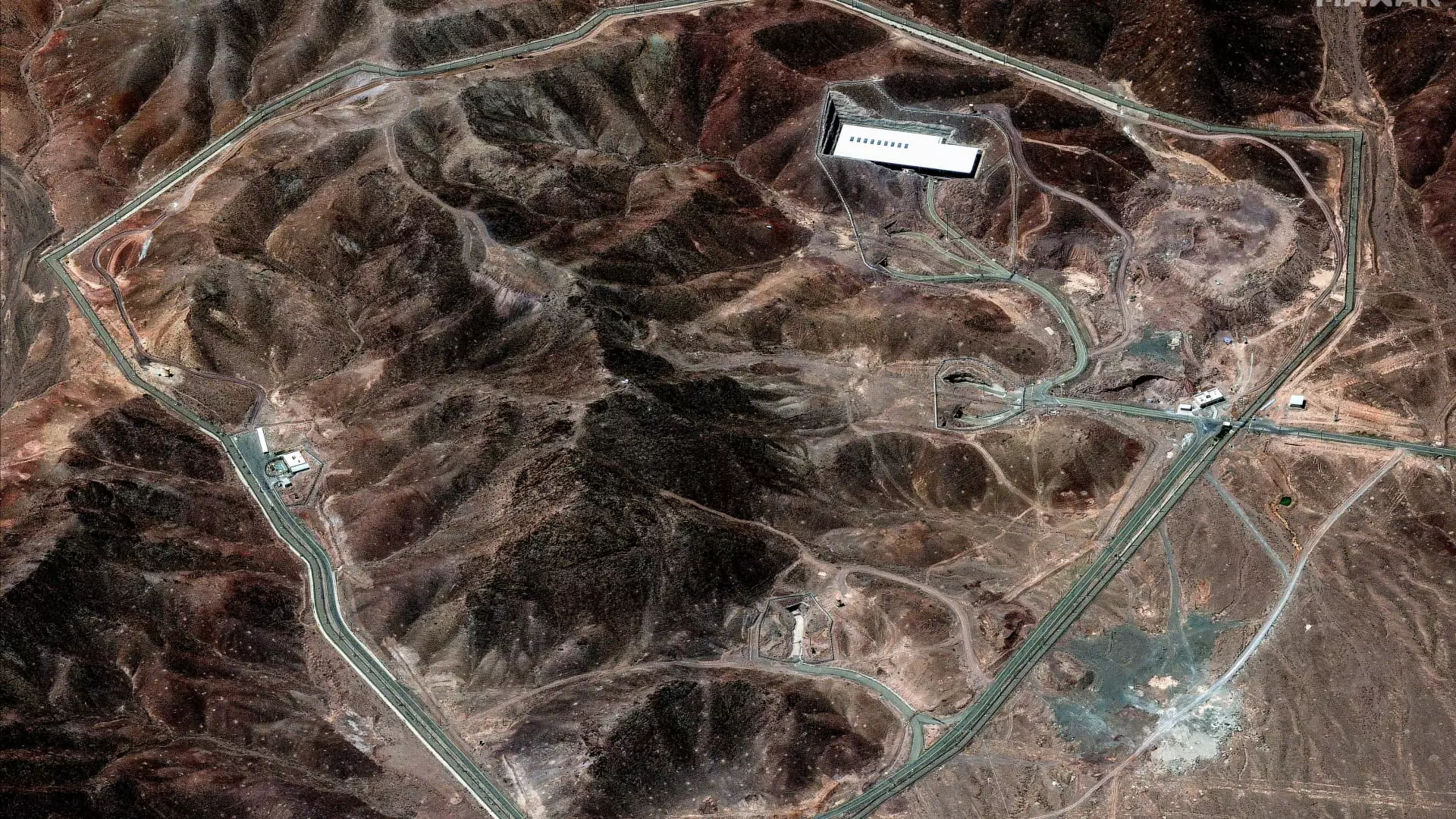In a dramatic exhibition of political rhetoric, former President Donald Trump took to Truth Social to assert that the U.S. military strikes on Iran’s nuclear facilities resulted in “obliteration.” This incendiary claim, laden with bravado, feeds into a narrative that glorifies military action but lacks concrete substantiation. While Trump insisted that significant damage had been inflicted on sites such as Fordo, Natanz, and Isfahan, one must question the consequences of such belligerent posturing. The term “obliteration” may play well on social media, yet it glosses over the complexity of international relations and the realities of warfare.
The Joint Chiefs of Staff Gen. Dan Caine echoed Trump’s assertions with a statement about “severe damage and destruction.” However, his words were measured, not confirming the complete annihilation of Iranian nuclear capabilities. This contradiction raises an important point: in the chaotic realm of military assessments, strong language often obscures nuanced truth. While the initial damage reports boast of successful targeting, the process of evaluating the full extent of destruction—known as Battle Damage Assessment (BDA)—is still ongoing. This discrepancy invites skepticism into the government’s framing of success in military operations.
The Fallout of Military Ambiguity
President Trump’s remarks initiate a worrying precedent wherein military success is defined by grandiose statements rather than empirical evidence. The partiality of these claims further complicates the dialogue surrounding nuclear disarmament and regional security. It’s imperative that military actions are viewed through the lens of real-world implications rather than political gain. Leaders often embrace hyperbolic claims to project strength, yet this approach ignores the potential for diplomatic solutions that could lead to lasting peace.
When military strikes occur, the human toll remains largely hidden. The atmosphere of fear and uncertainty that engulfs the Iranian people should not be lost in the fray of victory declarations. Strikes like those executed in the early hours involving B-2 bombers and Tomahawk missiles may incapacitate facilities on paper, but they also deepen the scars of conflict. This newly initiated round of strikes raises ethical questions about the legitimacy of preemptive action—a hallmark of military intervention that historically leads to prolonged violence and instability.
The Illusion of Precision in Warfare
Secretary of Defense Pete Hegseth asserted that “all of our precision munitions struck where we wanted them to strike,” yet precision in warfare is often fraught with unanticipated consequences. The idea of a surgical strike is appealing in theory, but it overlooks the chaotic aftermath that follows. Precision does not guarantee the absence of collateral damage—this concept remains a fallacy. Moreover, many experts argue that the metrics of success in military operations should evolve to account for geopolitical stability rather than merely counting damaged infrastructure.
Moreover, the presence of reports suggesting that a significant portion of enriched uranium had been relocated prior to the strikes further emphasizes the unpredictable nature of such military endeavors. The intelligence assessments that accompany military actions can be flawed, leading to misplaced confidence in the operational goals based on the assumption that definitive strikes will curtail an adversary’s capabilities. This realization should haunt policy-makers committed to maintaining national security.
The Dance of International Diplomacy
Into this fray steps the leadership of the United Nations nuclear watchdog, which has yet to evaluate the aftermath of the attacks. Their caution serves as a sobering reminder that the reality of warfare, often romanticized in political discourse, is riddled with uncertainty and danger. The convoluted dance between military action and diplomatic engagement highlights the duality at play in U.S.-Iran relations. Once again, the United States finds itself at a crossroads—further escalation or a return to negotiation must be pondered seriously.
Decades of military engagements in the Middle East have demonstrated that the path of destruction rarely yields permanent solutions. As international crises evolve, so must the strategies employed to address them. Engaging in open dialogue, rather than resorting to weapons, should become the guiding ethos. The urgency to prevent nuclear proliferation should drive collaborations rather than confrontations, yet this requires a radical shift in how national leaders communicate and negotiate.


Leave a Reply